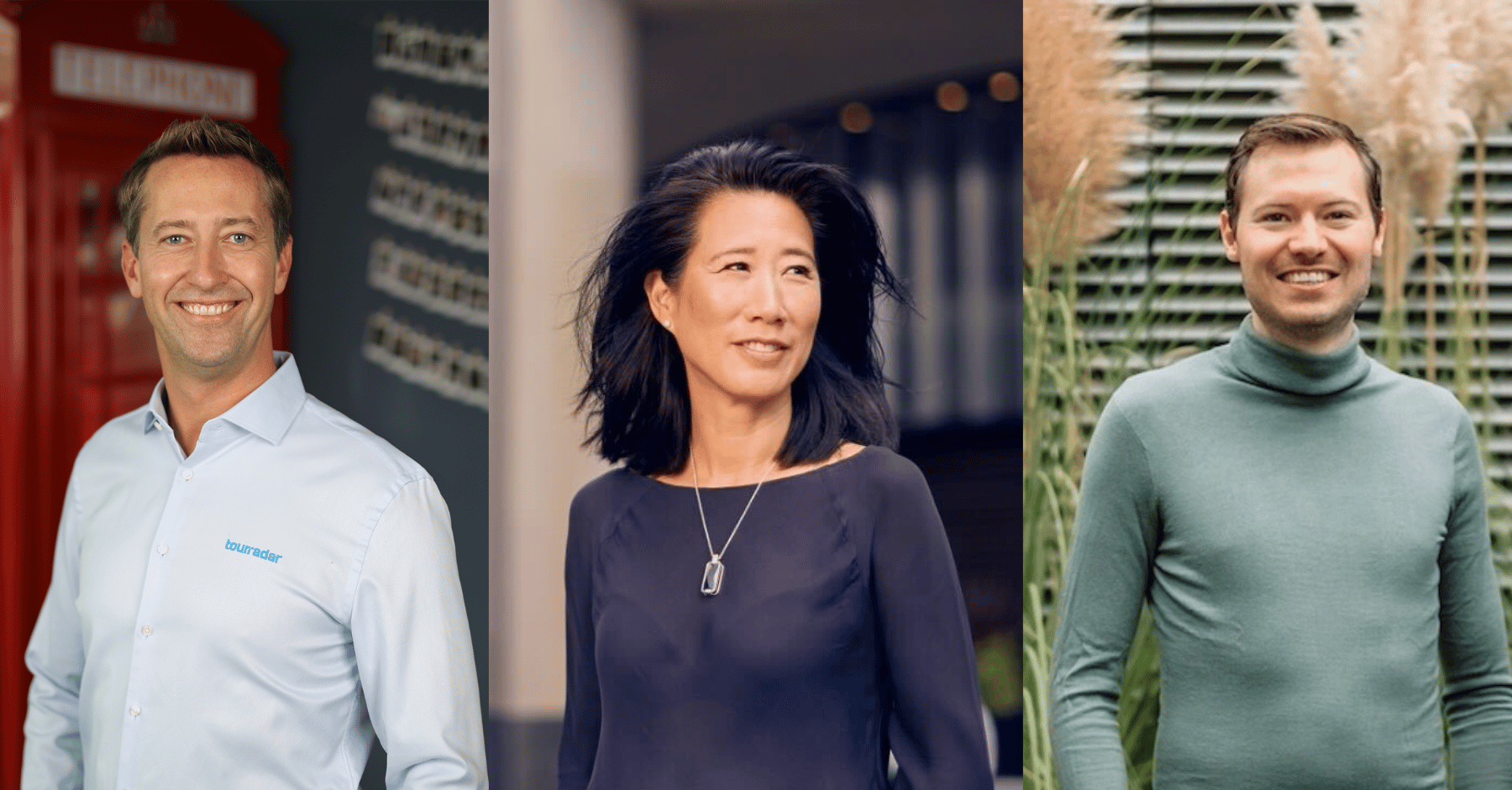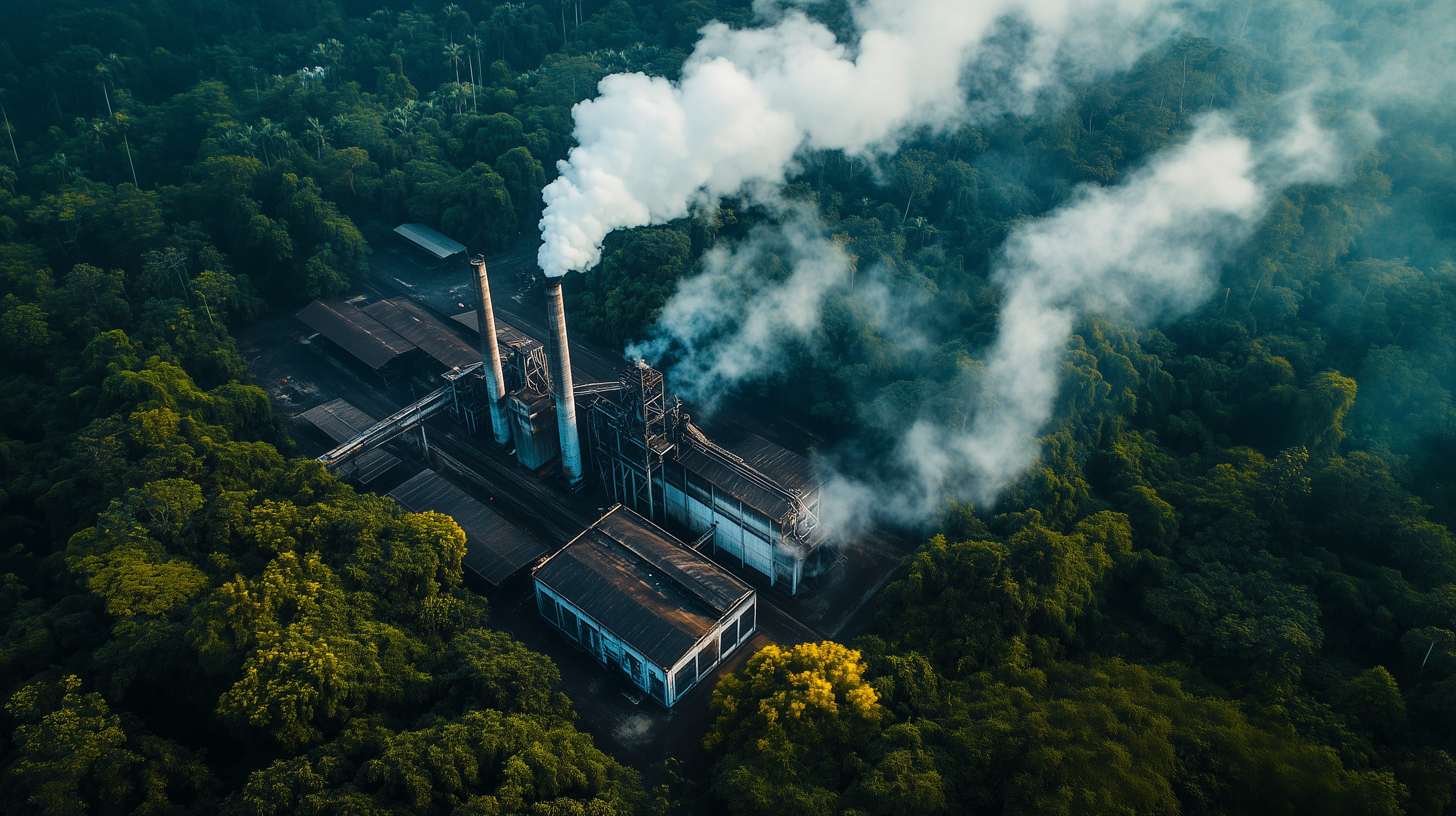How NeoCarbon Is Using Direct Air Capture To Combat Climate Change
We’re long past the point of debating climate change. It’s real, it’s happening, and the planet is in dire need of scalable solutions to tackle this historic crisis.
Simply put, humanity has been emitting far more greenhouse gasses into the atmosphere than what the planet can naturally manage. So it stands to reason that one of the solutions for combating climate change is to extract carbon dioxide directly from ambient air, which is precisely what direct air capture (DAC) aims to do.
That’s where NeoCarbon comes in. The Berlin-based Climate Tech and Industrial Tech startup captures carbon directly from the atmosphere, at scale. By retrofitting existing cooling towers, they’re working to reverse climate change all the while drastically cutting the costs associated with DAC. NeoCarbon co-founders René Haas and Silvain Toromanoff recently took us behind-the-scenes at their headquarters to share how they’re using direct air capture to combat climate change.
After touring their facility, we followed up with René and Silvain to dive deeper into NeoCarbon, why they’re doing what they’re doing, and what the future holds for them.
This interview has been lightly edited for brevity and clarity.
What led you to starting NeoCarbon and focusing on direct air capture?
We met at Antler Berlin in the fall of 2021, a program which brings together aspiring entrepreneurs: 50 founders worked together for 10 weeks to bring scalable projects to life from over 1,500 applicants.
We were both very vocal about our intention to create a business with a climate focus, which led us to meeting on the very first day. We immediately noticed that we shared much more than business interests. We instantly connected on a personal level and realized we deeply cared about similar values.
We started building our passion business together: NeoCarbon, an ambitious Climate Tech company, aiming for the biggest positive climate impact possible over the next decade.
Why do you believe Direct Air Capture (DAC) is necessary for addressing climate change? And what impact do you think DAC will have on climate change over the coming decade?
There are 2,900 Gt (gigatons, or billions of tons) of accumulated CO2 in the atmosphere and humanity is currently still emitting an additional 40 Gt per year.
According to the IPCC (the UN body for climate change), we will have to remove at least 6 Gt of CO2 per year by 2050 to avoid catastrophic and potentially irreversible damage to our planet and societies. Those estimates are also based on the imperative that we also drastically and immediately reduce our CO2 emissions simultaneously. Taking into consideration that emissions are still rising globally today, they are likely to be quite optimistic.
DAC is the leading technology for removing CO2 from the atmosphere at the required scale, but currently too expensive. With the right innovation and scaling speed, the costs of DAC will decrease, and massive adoption is possible to tackle the climate crisis we are currently facing.
Current DAC technologies face several key challenges, including high costs, high energy requirements, a large land footprint, and scalability. How does NeoCarbon address these challenges?
Because of the very low fraction of CO2 in the ambient air (about 0.04 percent), traditional DAC installations require extremely large and costly infrastructure. There are also high heat requirements for the chemical process required for the capture of CO2 along with gigantic fans, driving costs up even further.
However, there are already millions of pieces of equipment operating in the EU with huge inherent waste heat and processing vast amounts of ambient air: cooling towers. Our process leverages those industrial machines in combination with a unique reactor design to drastically cut down costs and deployment speed for DAC.
We cut the cost in many different ways. First, we leverage waste heat to drastically lower energy costs. Second, we save time and money by using existing infrastructure (roads, water lines, foundations, and permitting) instead of starting from scratch every time. Third, we safely store carbon permanently using CO2 pipelines coming to industrial areas. And finally, we process the airflow cooling towers use to evacuate heat instead of building and running additional large fans.
At full scale, our technology has the potential to capture over 1.3 Gt of CO2 per year, a significant share of the amount necessary to avoid drastic social and economical damages to our society.
Who are NeoCarbon’s core partners and how does your technology make DAC a viable, cost-effective solution for them?
Our core partners are firstly our customers; companies that need CO2 as input for their production process, as well as companies that buy carbon credits to reach their sustainability goals. Next to our customers, our core partners also include the industrial players whose existing infrastructure we leverage to capture CO2 from ambient air. Finally, sequestration companies (e.g. companies that permanently store the CO2) belong to our core partners.
Our approach decreases the cost and increases the scaling speed of DAC, which are both highly needed to tackle the climate crisis effectively. Due to the low cost and fast scaling speed, we become a seamless and cost-effective solution for all of our core partners, and consequently tackle the climate crisis collaboratively.
What is next for NeoCarbon? What is the timeline for NeoCarbon’s technology to go from small-scale implementation to permanent sequestration at scale?
In the coming 18 months, we will prove our technology in the field by leveraging installations at a few close customer sites and accelerate our first customer traction and first revenues, bringing our current product from TRL 4 to TRL 5. It will also enable a further cost cut thanks to accelerated product development by a larger team of technology experts in our own lab and workshop dedicated to cutting-edge DAC development, as well as a scaling up of our units and carrying out integration tests at customer’s industrial sites.
All of this combined will lead to our first mass production-ready product, the NeoX, with a capture cost half of the current global status quo thanks to its unique proprietary reactor, in a matter of one-and-a-half to two years. After this, large-scale industrial carbon capture installations will be built to make carbon capture at scale happen.
Want more updates on our portfolio? Sign up for our monthly newsletter and follow us on LinkedIn.











.svg)
